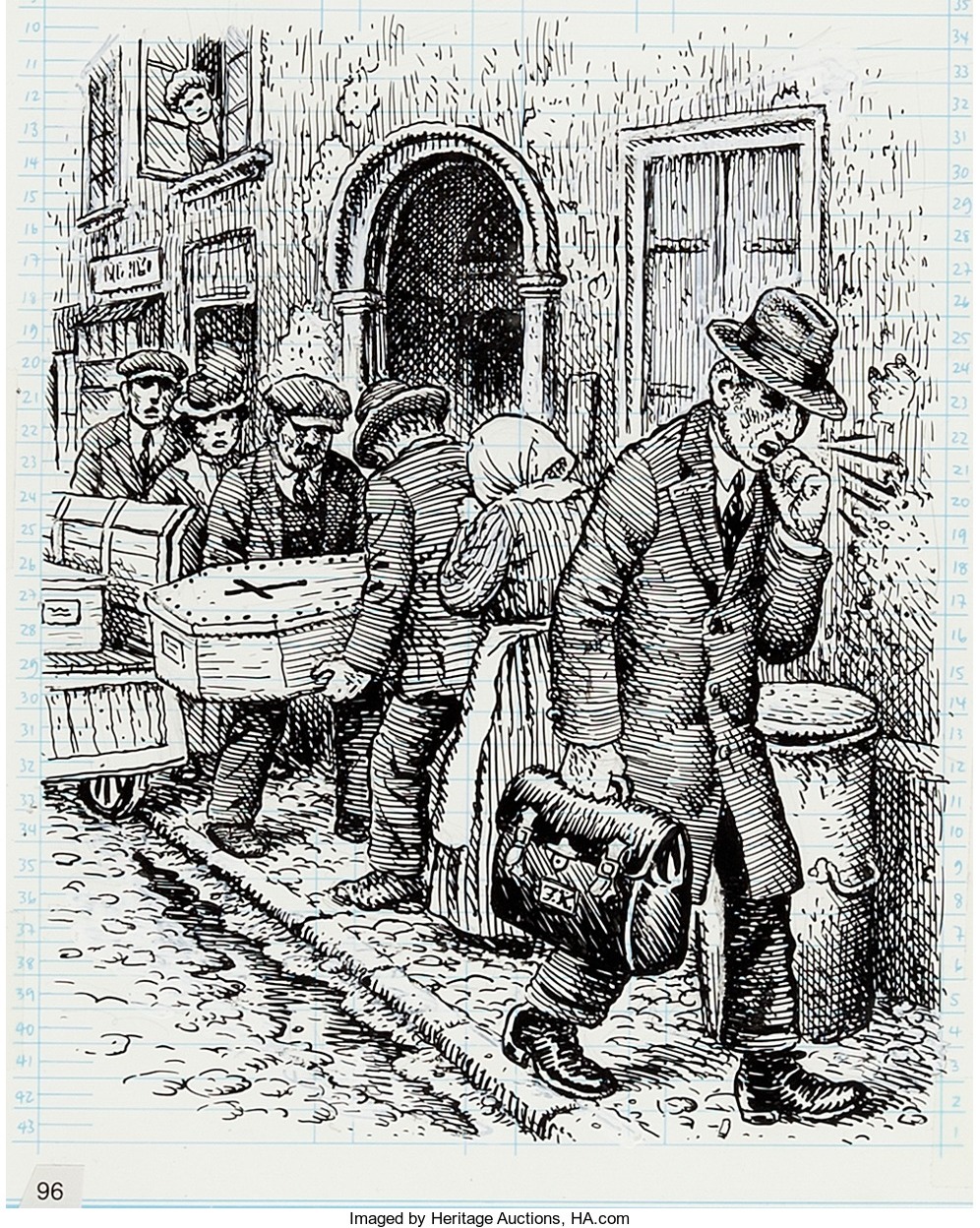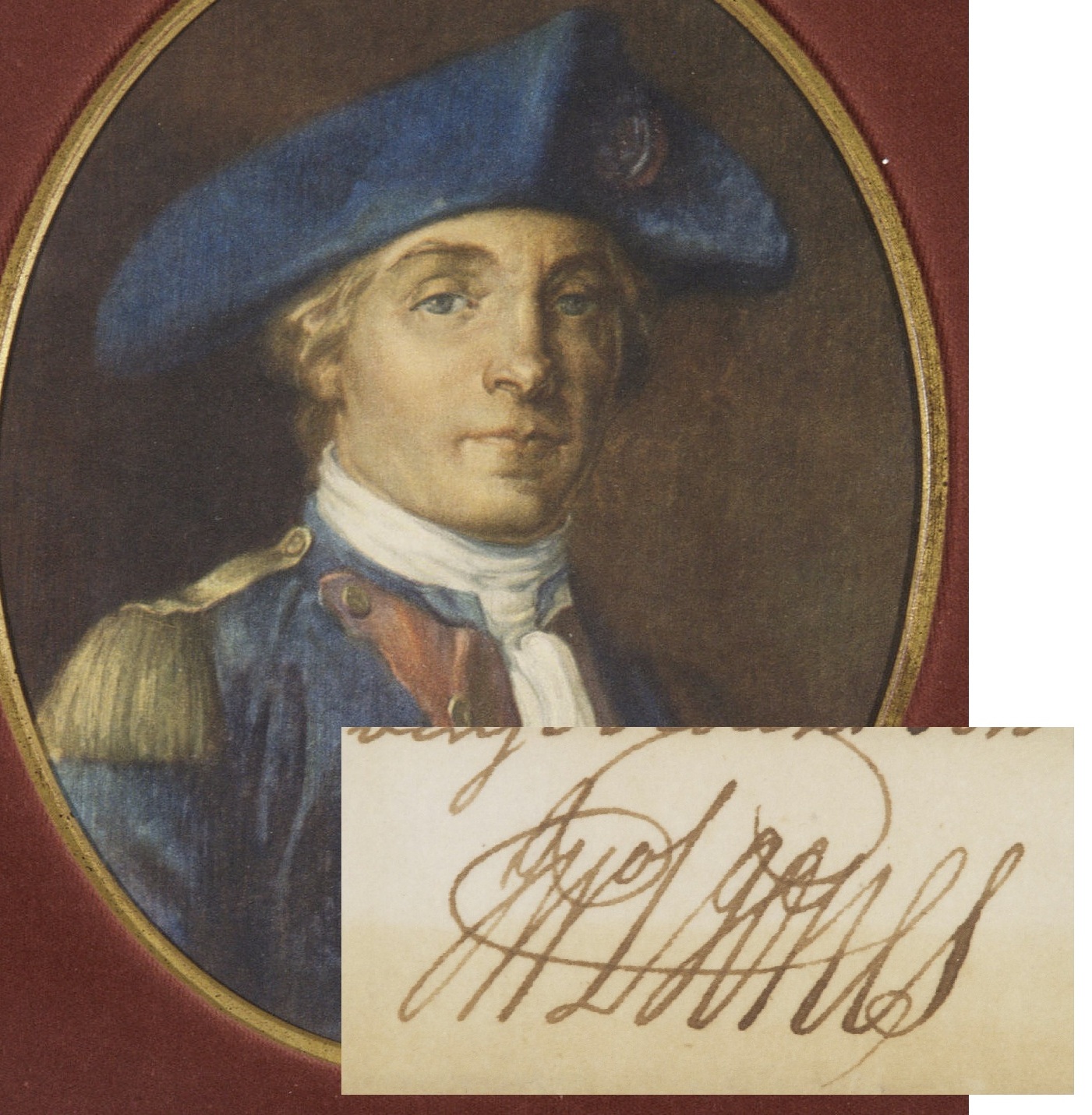
By Jim O’Neal
The Spanish Flu pandemic of 1918 most likely got started at Fort Riley, an Army installation in North Central Kansas.
At least according to John Barry, the author and historian who spent seven years researching the topic. His 2004 bestselling book The Great Influenza describes how the plague began in Kansas, moved east as World War I troops were shipping out, and in the process killed tens of thousands of Americans.
The armistice ending WWI was signed in 1919 and the year before saw a high number of casualties. Then there was this influenza pandemic, which became the worst infectious disease in recorded history. It struck some 500 million people across the globe, with updated estimates of between 50 million and 100 million deaths … up to 5 percent of the world’s population at the time.
Influenza is really a simple virus … usually.
We get the flu when somebody around us has it and coughs or sneezes. This makes it airborne and we typically just breathe it in. Or, you get the virus on your hands and then touch your nose, eyes or mouth.
The virus has to get into your lungs since it only has eight genes and needs to live off human cells. While in the lungs, its only job is to turn a cell into a virus factory. The virus takes over the cell’s machinery and forces it to make new viruses. Then the cell dies, the virus escapes, and infects new cells.
It is a simple little plan.
With the unusually deadly 1918 flu strain, people died quickly, sometimes overnight, as their lungs filled with liquid. The still-gasping-for-breath people died as their skin turned dark (black) due to a lack of oxygen.
Every year, the flu makes its way through a population, affects everyone exposed to it and then burns itself out. After it mutates, the new version spreads around all over again. That’s what it’s programmed to do.
The 1918 strain did that, too. It was just an unusually deadly version of the H1N1 virus and more virulent than the previous wave.
Practice, practice, practice.
The next time a particularly serious strain returns (everyone agrees it will be back), we will have vaccines and antibiotics to help combat it. Plus, we’ll be more educated about how to avoid its spread (hopefully).
That is about the extent of our protection.
 Intelligent Collector blogger JIM O’NEAL is an avid collector and history buff. He is president and CEO of Frito-Lay International [retired] and earlier served as chairman and CEO of PepsiCo Restaurants International [KFC Pizza Hut and Taco Bell].
Intelligent Collector blogger JIM O’NEAL is an avid collector and history buff. He is president and CEO of Frito-Lay International [retired] and earlier served as chairman and CEO of PepsiCo Restaurants International [KFC Pizza Hut and Taco Bell].

